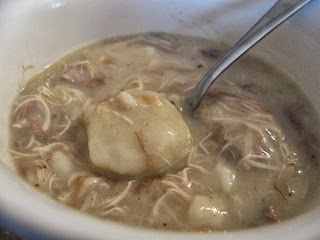In her workshop about composting, Barbara talked about how easy it is to grow squash in a Grow Heap. A Grow Heap is basically a giant compost pile that you create in the fall. You can either nestle transplants in the heap in the spring, or simply bury open-pollinated (remember - hybrids will not reproduce true) squash in the compost in the fall. The squash itself will decay into the pile during the winter, but the seeds will sprout in the spring.
Here's where she really got my attention: Barbara said she raised 100 lb of pumpkins this year in one Grow Heap. That's a ton of food for very little effort, so I knew we had to give it a go.
 |
| Our grow heap under construction |
We also had two compost bins of semi-composted rabbit manure and chicken litter available. We dumped that over the top of the Grow Heap. At that point, the pile stood about 2-1/2 feet tall.
 |
| A couple of chickens check out the newly-emptied compost bins. We've started filling the bin on the left with the Cucubits we did not add to the Grow Heap. |
We plan to add yet more to the Grow Heap as fall progresses. We will add a couple bags of shredded leaves and grass clippings plus the remains of the hardy garden plants (cabbage, chard) when we pull them out. The Grow Heap will be reduced in height by half when spring comes around, so it is good to make the pile large to begin with.We'll start pumpkin seedlings indoors sometime in April, and plant them in the heap in mid to late May. I'm hopeful that we'll get the biggest pumpkin crop we've ever had.
This was incredibly easy, so if it works, I'm sure Grow Heaps will become my go-to method for growing squash. If squash isn't your thing, you can also grow tomatoes in a Grow Heap. Any members of the Cucurbit or Solanaceae families should thrive in this environment.
Reference:
The Complete Compost Gardening Guide














